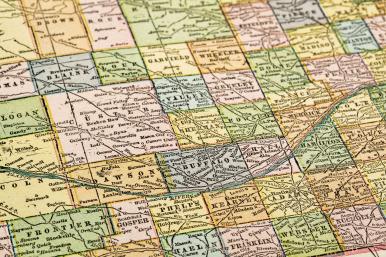
PRRIP Benefits
The PRRIP is a Recovery Implementation Program (RIP). However, careful negotiation over a 10-year span from 1997-2006 led to the development of a program unlike other Bureau of Reclamation RIPs and large river restoration/adaptive management programs:
- While working to assist with recovery of the four target species, the PRRIP provides waters users in Colorado, Wyoming, and Nebraska with regulatory certainty and Endangered Species Act (ESA) compliance.
- The PRRIP is a 50/50 cost share program – federal funds are matched by state funds and state contributions of water and land.
- The PRRIP operates as a private landowner on the landscape under its “Good Neighbor Policy.” The PRRIP pays taxes and manages land like any other Nebraska landowner, is prohibited from using eminent domain, and bounds management actions like flow releases within the constraints of flood control.
- The Final Program Agreement sets the organizational structure for the PRRIP which includes shared decision-making with stakeholders on the Governance Committee (GC) and an independent Executive Director and staff.
These unique aspects of the Program and successful implementation since 2007 make the PRRIP one of the most successful large-scale recovery programs in the United States.
PRRIP First Increment Extension
The PRRIP was initially authorized for a 13-year First Increment (2007-2019). The 2006 Final Program Agreement included a provision for the Agreement to be extended or amended by the written agreement of all Signatories. On December 30, 2019, this 13-year Extension (2020-2032) of the First Increment was executed. The Extension does not change First Increment objectives, milestones, or the implementation framework. It provides additional time to complete and operate Program water projects and to conduct the monitoring and research necessary to determine the best use of Program water to benefit the target species. This knowledge is necessary to provide a sound base upon which to structure a potential Second Increment for 2033 and beyond.
Endangered Species Act (ESA) compliance is measured through progress in achieving ten Program Milestones, all but two of which have been achieved as of July 2018 including meeting the Program’s First Increment Land Objective of 10,000 acres and implementing the Adaptive Management Plan. Two milestones relating to meeting the Program’s First Increment Water Objective have not yet been met.
Cooperating Organizations
- Colorado Water Conservation Board
- Wyoming Water Development Commission
- Nebraska Department of Natural Resources
- Bureau of Reclamation
- U.S. Fish and Wildlife Service
- Central Nebraska Public Power and Irrigation District
- Nebraska Public Power District
- Nebraska Natural Resources District
- Northern Water
- Denver Water
- Pathfinder Irrigation District
- Rowe Sanctuary
- TNC Nebraska